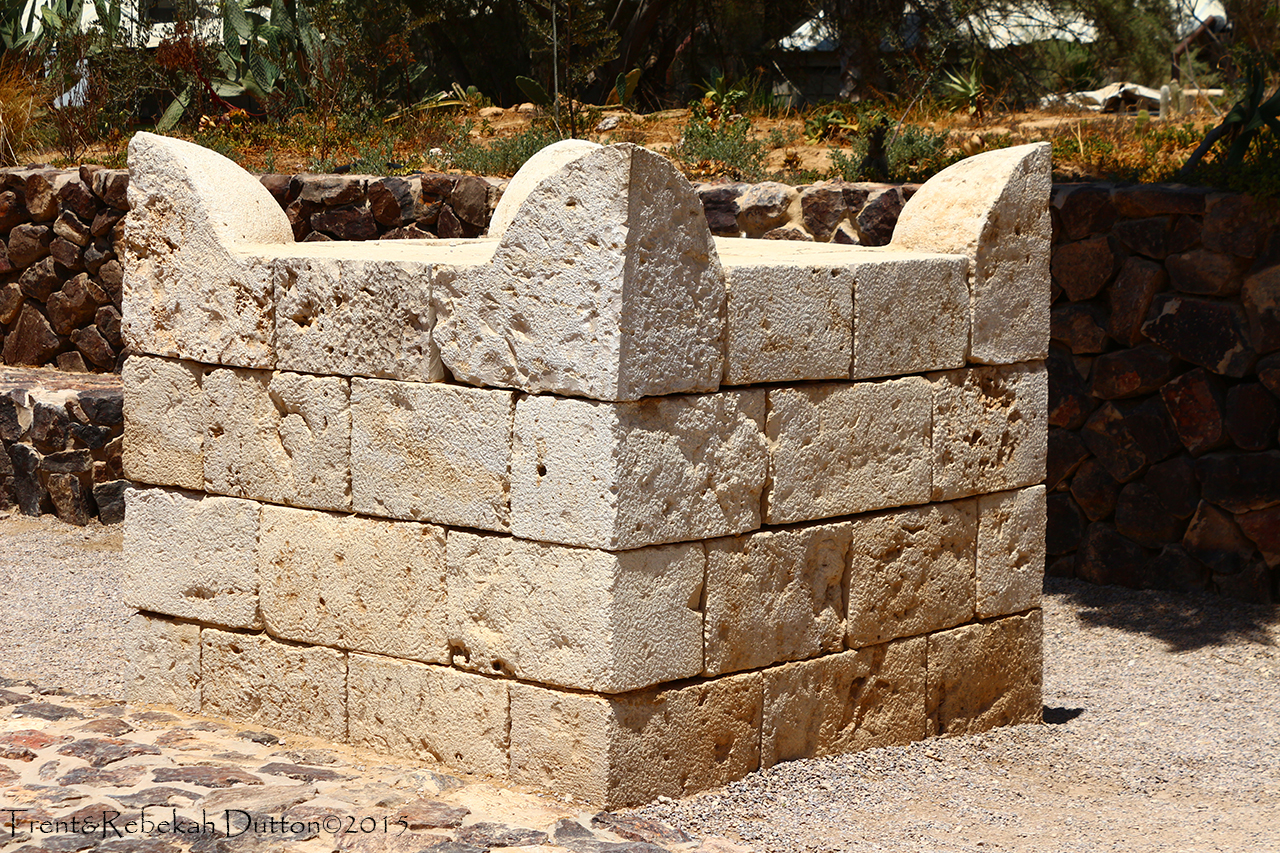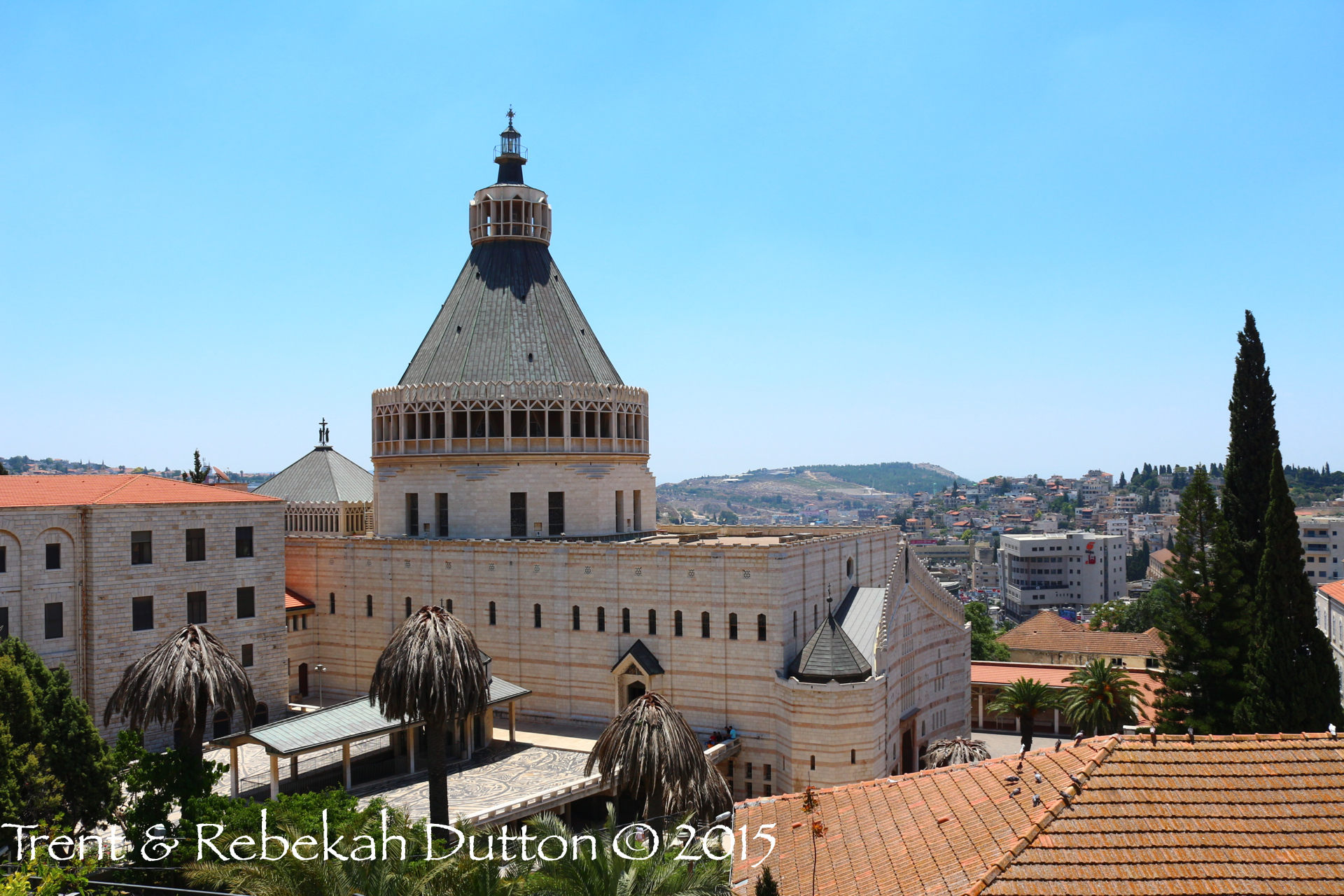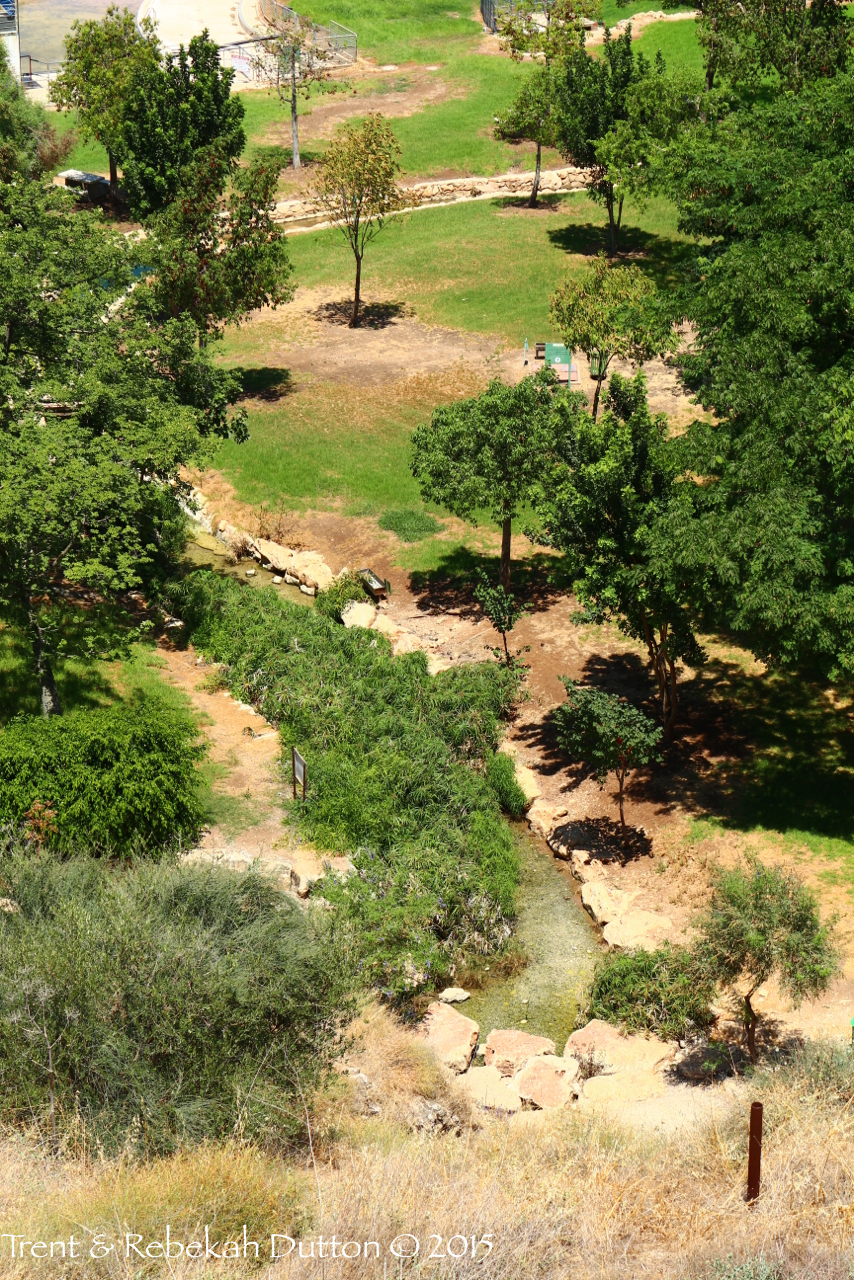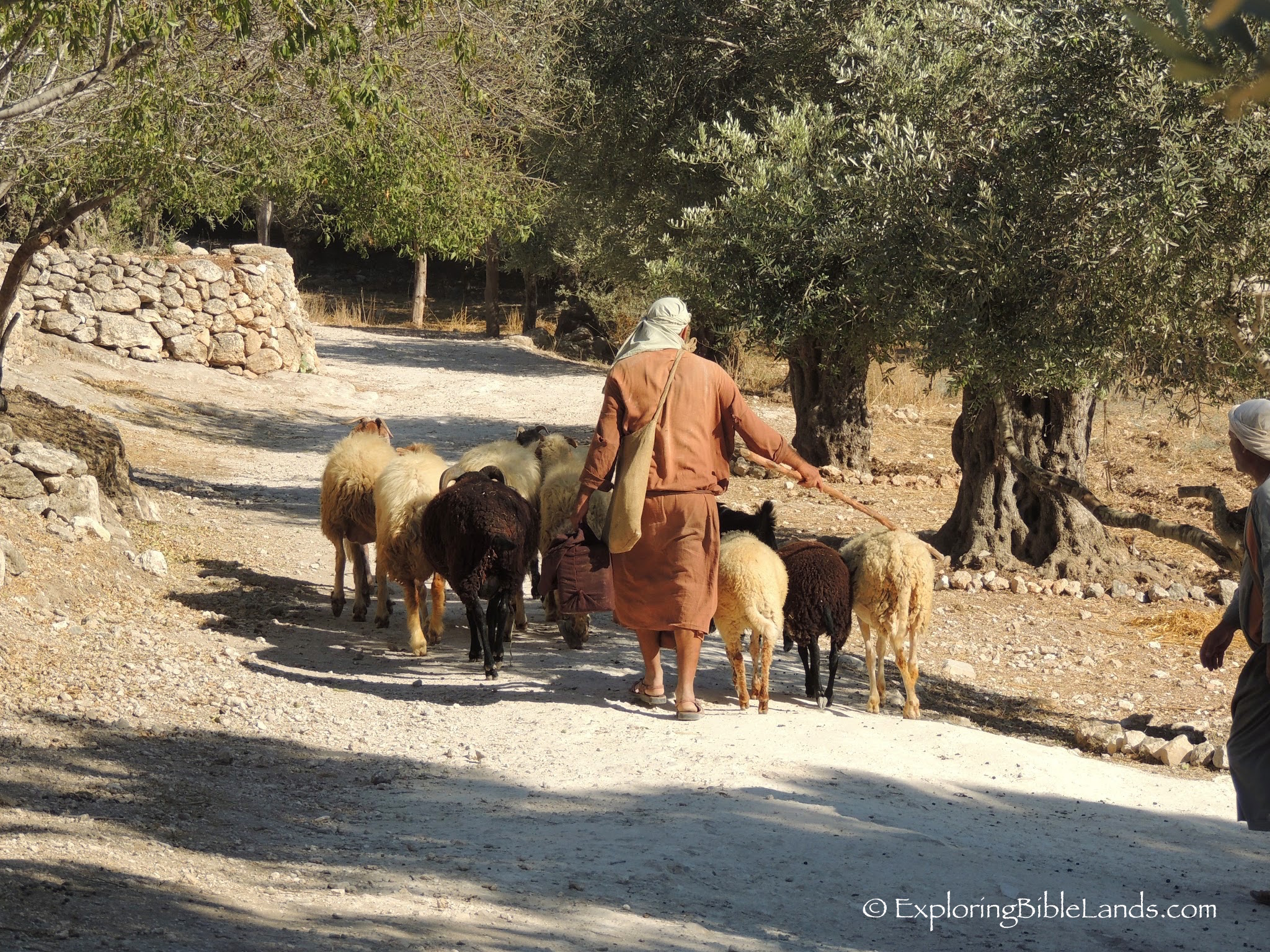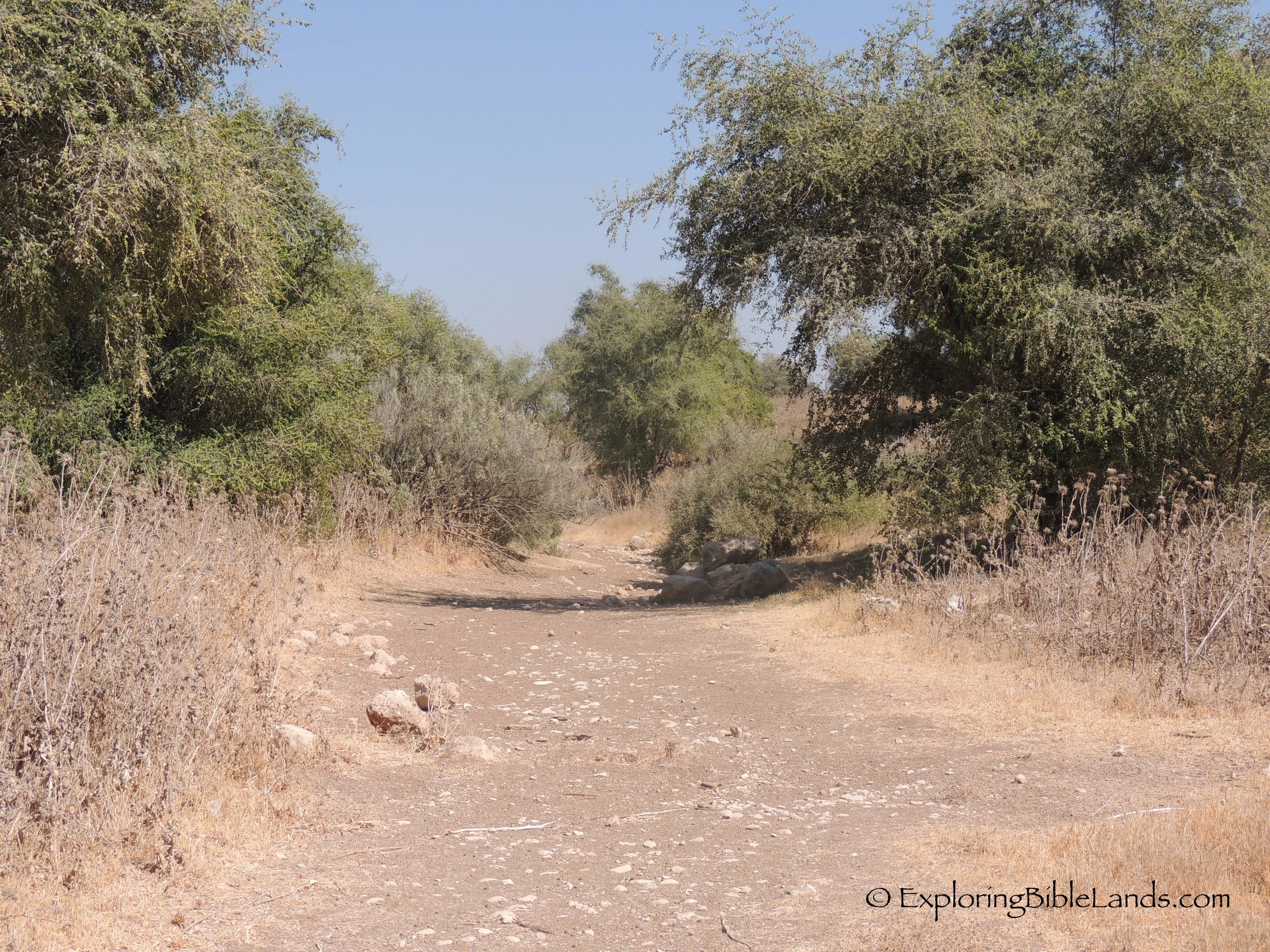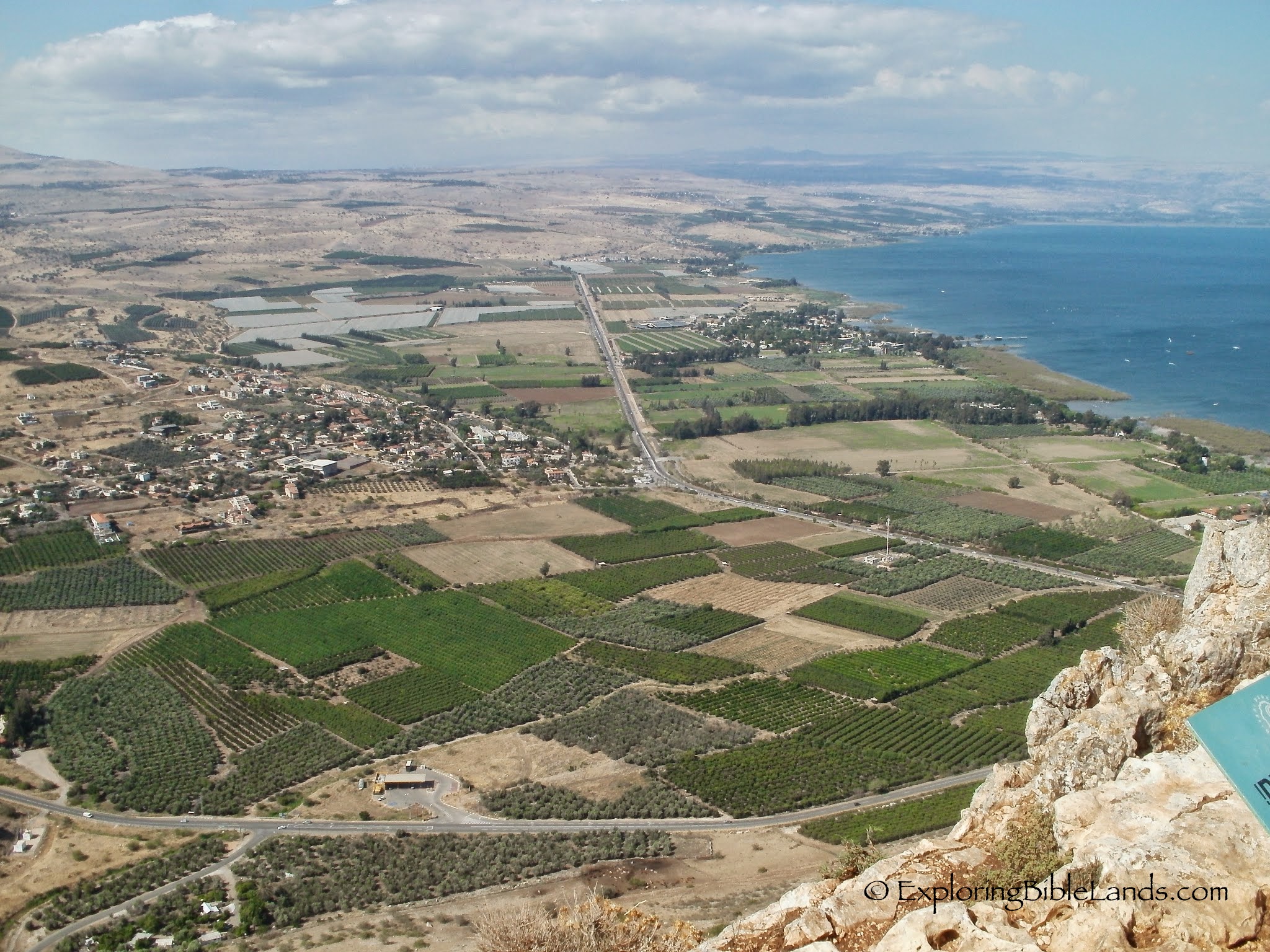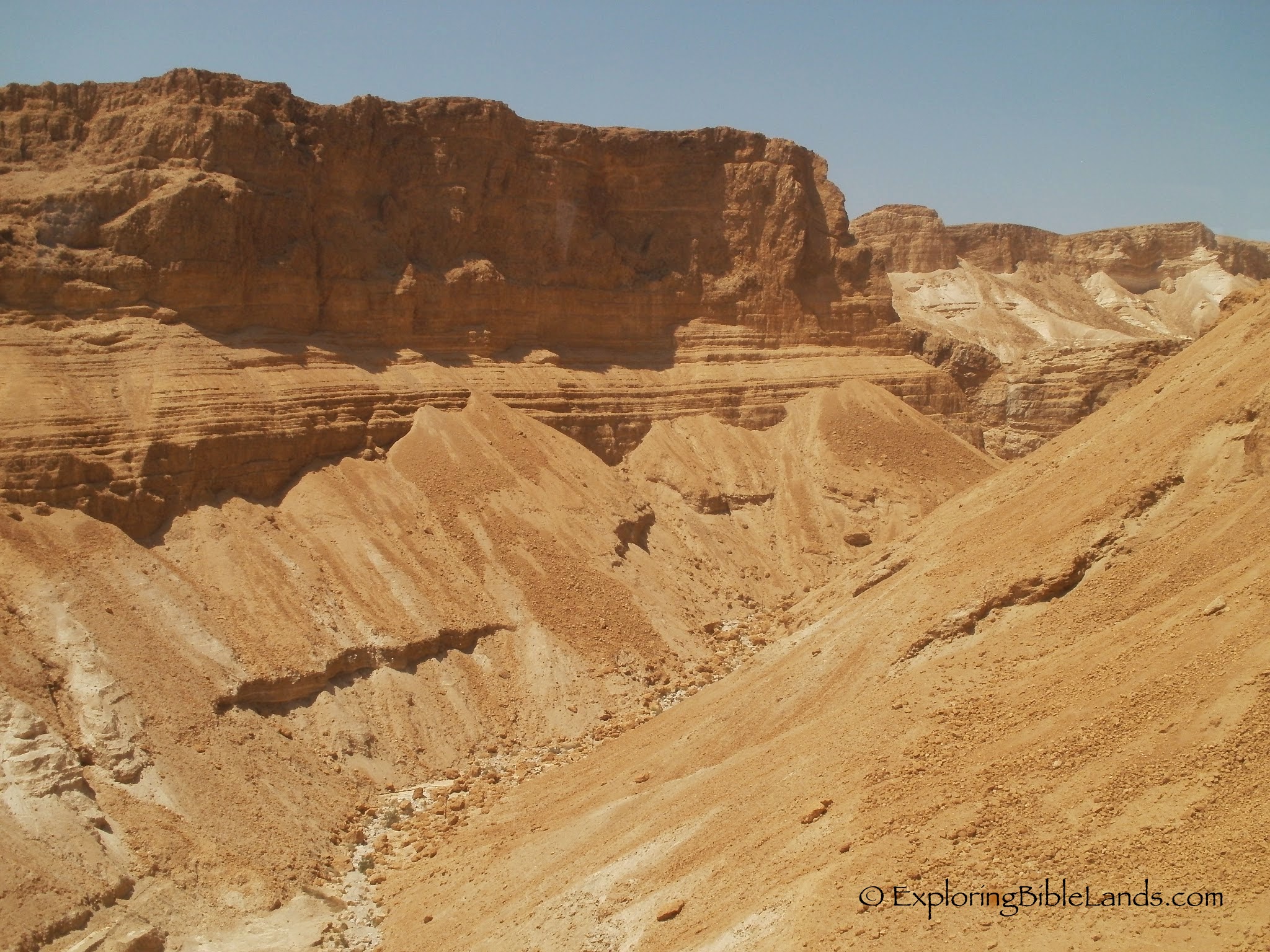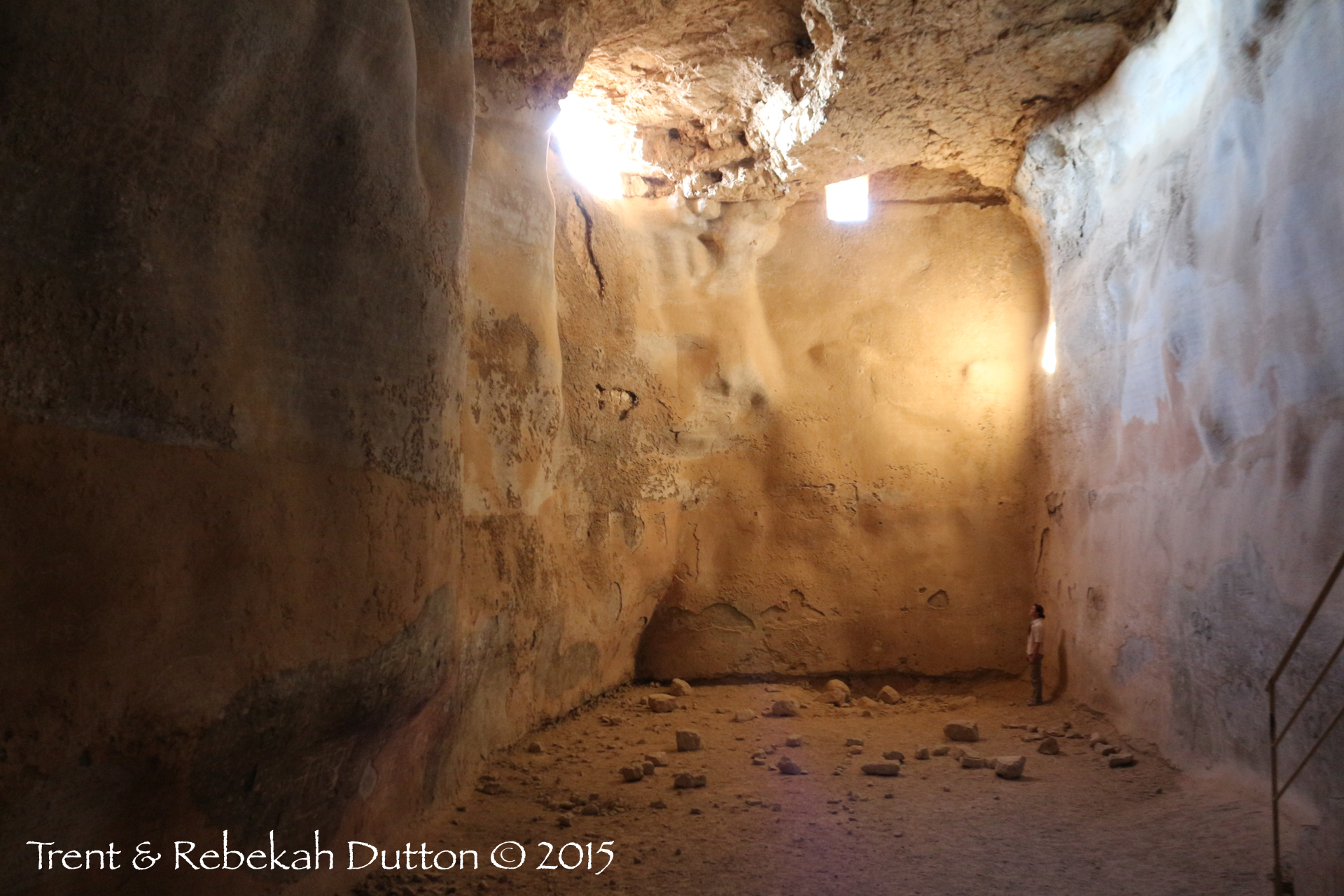 While cisterns like those at Beit Guvrin could serve a household, others were built to store water for communities, like Herod the Great’s colossal cisterns atop Masada. Living waters and wells are preferable, because the cistern catches and holds runoff from the rains. This can grow rather unpleasant as all the filth of the land can wash in, creating the deep sludge in which Jeremiah found himself sinking in Jeremiah 38.
While cisterns like those at Beit Guvrin could serve a household, others were built to store water for communities, like Herod the Great’s colossal cisterns atop Masada. Living waters and wells are preferable, because the cistern catches and holds runoff from the rains. This can grow rather unpleasant as all the filth of the land can wash in, creating the deep sludge in which Jeremiah found himself sinking in Jeremiah 38.



